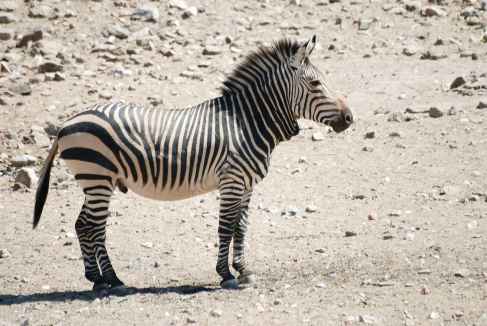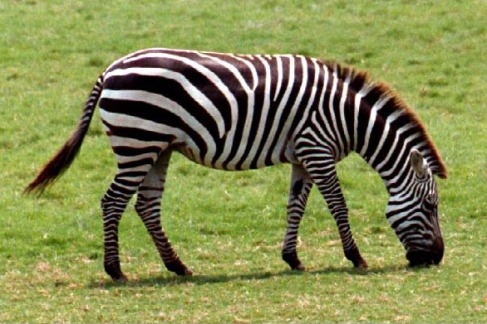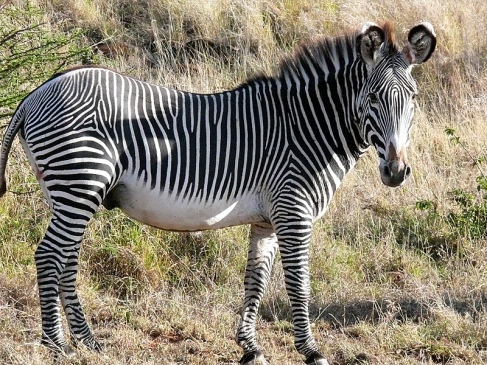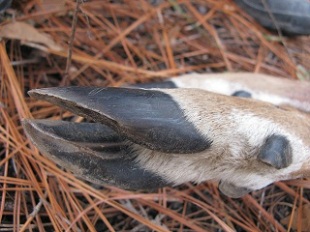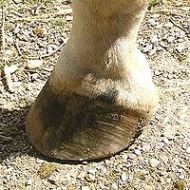Hey guys!
So, I’ve decided to make my next entry a little more interactive and it is dedicated specially to my housemate!
The zebra is an iconic animal found only in Africa. Its gentle appearance and striking stripe pattern has made it into a household favourite for both young and old.
Here are some fun facts about zebras:
1) They are actually black with white stripes rather than the popular belief of them being white and having black stripes.
2) Each zebra’s stripe pattern is unique to it as fingerprints are unique to us.
3) There is no truly domesticated zebra!
4) Zebra means ‘striped donkey’ in Swahili.
5) There are three types of zebras; the Plains zebra, the Grevy’s Zebra and the Mountain Zebra.
Okay, now to the interactive section!
I’m sure all of you would know how a zebra looks like but what of the 3 different species? I would be giving a brief description of each species and all you guys have to do is to identify them to the pictures below!
The Grevy’s Zebra is the largest of all 3 species and it has the thinnest stripes of all. It is also known as the Imperial Zebra. Unlike other zebras, the stallions do not travel in herds with the mares. Instead, the males guard a territory of their own while the females travel freely in small groups, staying in areas with best feeding grounds and accessibility to water. Of all 3 species, this zebra looks most like the donkey.
The Mountain Zebra is found in south western Angola, Namibia and South Africa. It has thinner stripes as its Plains cousin but not as thin as the Grevy’s. Unlike the Grevy’s zebra, these zebras do form small family groups, consisting of the dominant stallion, several mares and their young. The Mountain zebra also has a dewlap, a flap of skin hanging under its neck.
The Plains Zebra is the most widespread of all and can still be found in large numbers. They are most famously pictured as annual migrants from Tanzania’s Serengeti to Kenya’s Masai Mara and back, following the annual rains. They frequently travel with large herds of wildebeest, depending on the many senses to seek out potential threats. These zebras are also known as common zebras or Burchell’s zebras.
Pictures:
1)
2)
3)
Just say which zebra is in which picture in the comments section below!
I’ll be revealing the answers a week from now!
JV.
